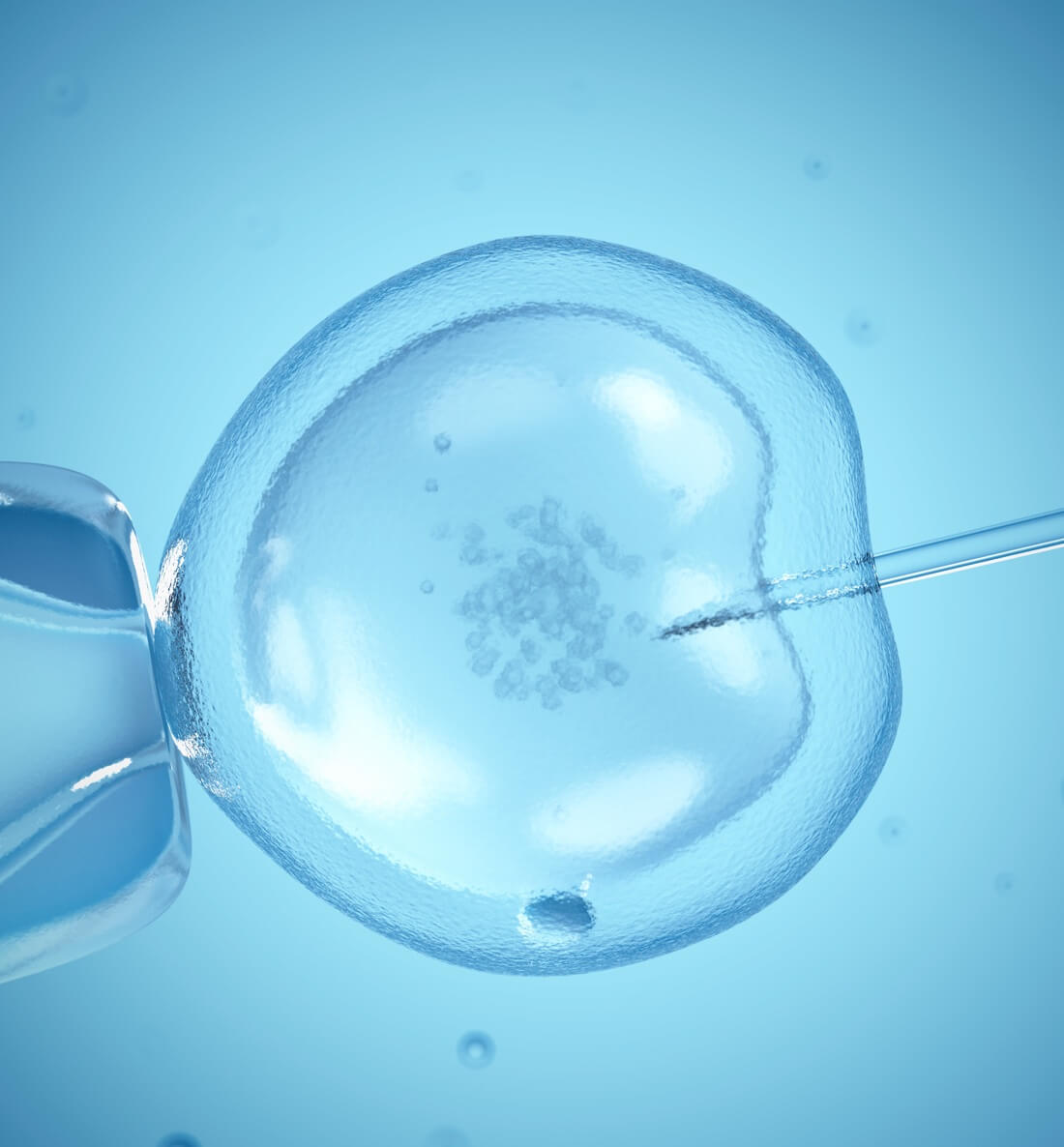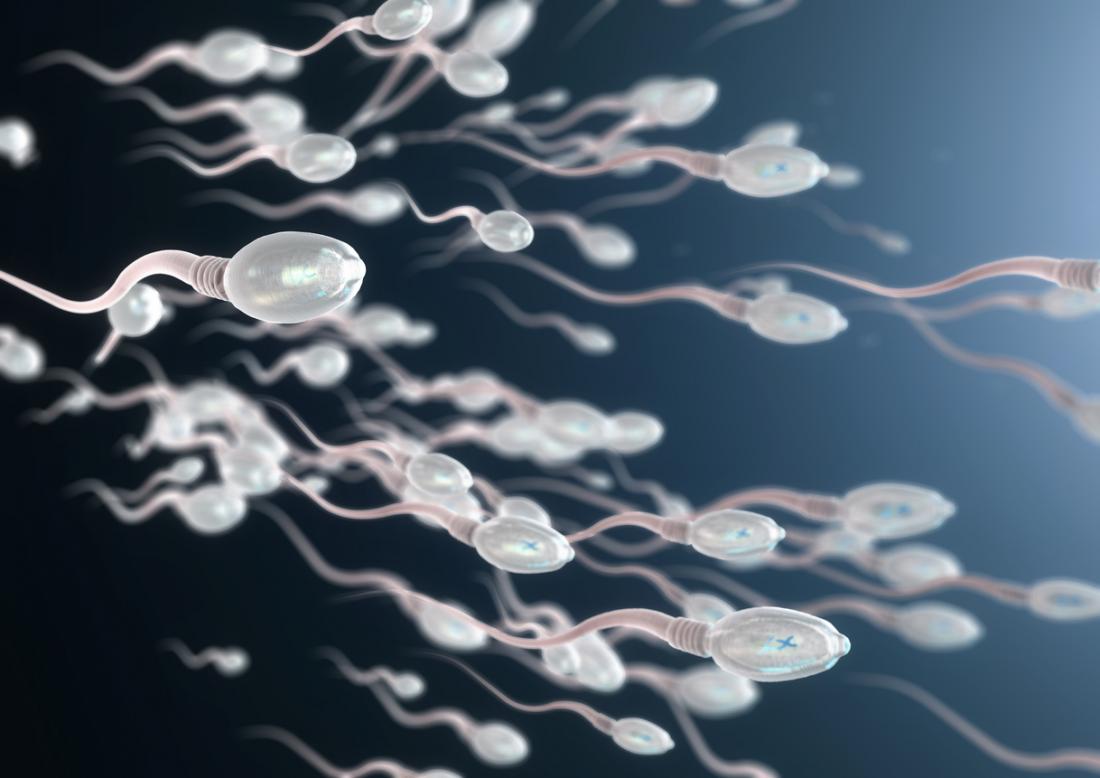In vitro fertilisation (IVF)
What is IVF?
"IVF is the most effective form of assisted reproductive medicine. Your chances of success depend on many factors. Your age plays an important role, as well as the underlying cause of your fertility problems."
Who needs IVF?
You may need IVF if you have already tried less invasive fertility treatment options. Typically you may have tried:
Ovulation induction
A fertility treatment, which involves taking medication to induce ovulation, usually used for women who don’t ovulate, as with polycystic ovarian syndrome.
IUI or artificial insemination
An assisted fertility procedure, including injecting sperm in the uterus near the time of ovulation."As the cause of infertility plays an important role, we may recommend IVF when you or your partner have:
blocked fallopian tubes
poor sperm quality
endometriosis
an ovulation disorder
premature ovarian failure.
These are all reasons to treat with in vitro fertilisation and increase your chances to fall pregnant."
Unexplained infertility
Sometimes we are not sure why you can't fall pregnant. Science and research continue to try to understand the reasons, but unfortunately we are not yet at a stage, where we always know. We call it "unexplained infertility". In this case, IVF may be a treatment option as well.
The 8 step IVF process
So you may wonder, what exactly happens during in vitro fertilisation? It's an 8 step process.
Blood tests
On day 1 of your cycle, you will have a blood test. You will then undergo a series of blood tests in the next few days.Hormonal stimulation
On day 1 or 2 of your cycle, you may start ovarian hyperstimulation treatment. This means you inject yourself with medication, with the goal to produce more than one egg. You will do this for a number of days whilst we monitor the size of your follicles, which are small sacs that contain eggs.Trigger injection
Once we see you have developed a number of follicles we will plan the trigger injection. It's used to induce final maturation of the growing egg and ovulation.Egg collection
When the eggs are mature, you will undergo surgery to remove the eggs from your ovaries. It's a quick procedure, though performed under full anaesthetics.Semen sample
On the same day of surgery, the semen sample is produced and prepared for fertilisation in our lab.Fertilisation
The prepared semen and eggs are then brought together in a dish.Embryo transfer
We transfer the fertilised egg into the uterus. This is normally 5 days after the surgery. In the case of a frozen transfer, this may be a couple of months or even years after your surgery.Pregnancy test
We test if the treatment has been successful.ICSI
A lot of people wonder what ICSI is. It’s a technique used as part of an IVF treatment, though you only need it if the sperm is not optimal.
"When we do ICSI we simply inject a single sperm into your egg. We look for the healthiest sperm based on its movement and general appearance. So, how do we do this? We place a small amount of sperm in a dish. Then, using a high powered microscope and special manipulation equipment, we collect a single sperm in a very small glass needle. This single sperm is then injected into the egg.”
We recommend using ICSI if:
Your sperm count is low
There is a high percentage of abnormally shaped sperm
Your sperm don’t swim fast enough
There is frozen sperm but not of the best quality
IVF vs ICSI
“In IVF, we add thousands of sperm to the dish, with the aim that one of these will fertilise the egg. You could say it’s a more natural way of fertilisation. Although IVF is an advanced form of assisted reproductive technology, the sperm fertilising the egg happens fairly similar to how it would happen naturally.”
TESA and micro TESE
A reason to use TESA or micro TESE is when the fresh semen sample doesn’t have sperm. You might wonder how that is possible. Dr Roger Perkins explains below:
“Your sperm carries the genetic material, whereas your semen is a collection of bodily fluids from the male reproductive tract. Sperm is produced in a set of tubes in the testes. These tubes are connected to another coiled tube, and that one is connected to the vas deferens. So when you ejaculate, the sperm must first be made. Then it has to transfer through these tubes to be mixed up with the semen before ejaculation.”
“That’s when TESA and micro TESE are useful techniques. When there is no sperm in the ejaculate, we may collect the sperm surgically. Either we use a fine needle under local anaesthetic, or you undergo general anaesthesia. In that case, we perform open surgery to extract tissue and retrieve sperm.”
IVF success rates
IVF is a great treatment to help increase your chances of falling pregnant. But it does not give you a 100% success rate.
Before commencing IVF treatment, it is important you have a clear understanding of IVF success rates.
How can we help you?
When you intend to start a family, IVF may be one of the avenues you consider. At Fertility Specialists of WA we know that many people call it a ‘roller-coaster’. We believe that as a couple, you deserve a qualified and committed partner on your journey.
Our role is to give you clear information first. Then to help you make well-informed decisions and to have your back as you start your journey.
It is perfectly normal to have loads of questions about IVF and your next steps. Please contact our team and we will be happy to explore your options with you.
Useful links
Fertility tests
It can be frustrating not knowing why your attempts to fall pregnant are unsuccessful. However, there are many tests that can help us understand what the underlying causes may be.
Ovulation induction
IUI
Ask our Perth fertility specialists if AI or IUI is the best treatment for problems resulting from sperm quality or poor ovulation. This treatment is also a popular fertility treatment for single women or same-sex couples.






















